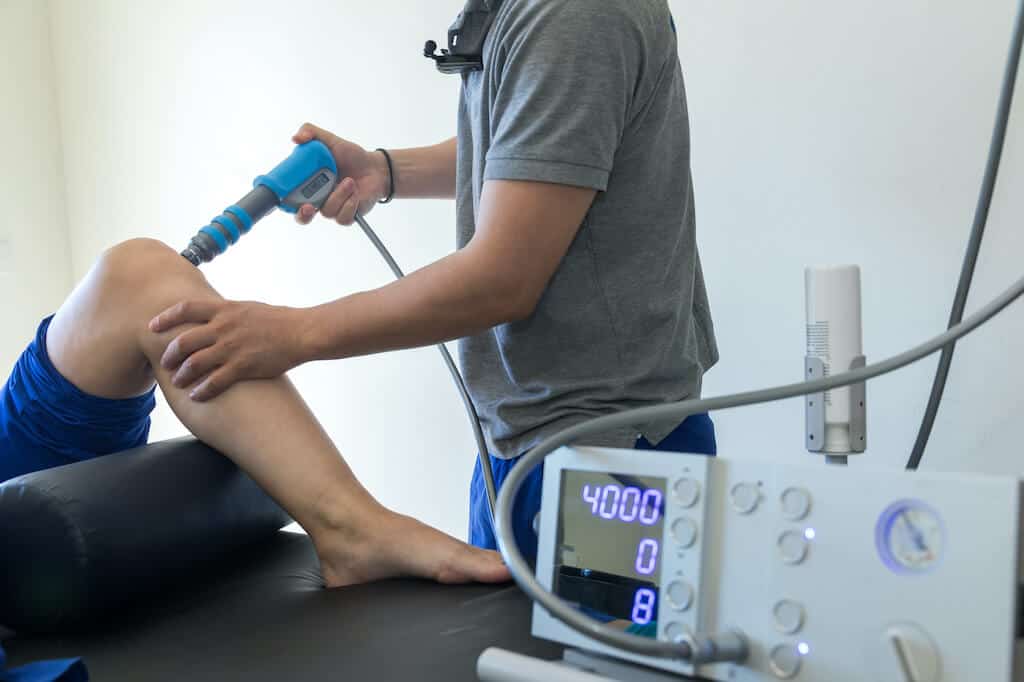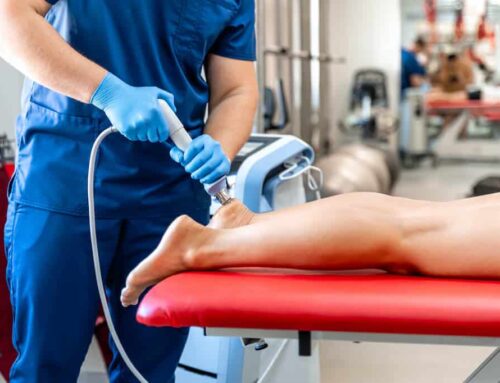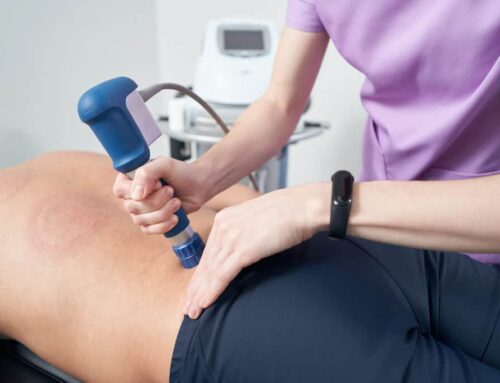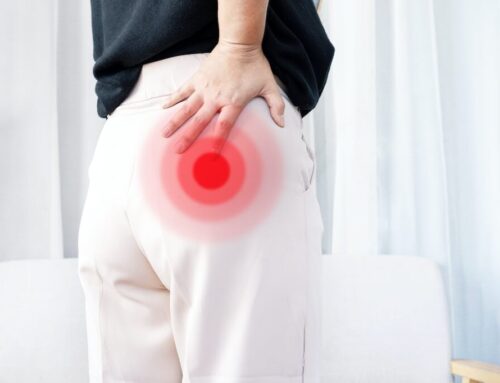
Living with knee pain is anything but easy, and missing out on doing what you love because of knee pain is beyond frustrating. Despite treatments for knee pain being widely available, most people don’t see the results that they want and end up in a cycle of pain with no end in sight.
But why does this happen? And, more importantly, what can you do to get real results with your treatment for knee pain?
Let’s start by identifying what the most common causes of knee pain are, and why it’s so hard to treat.
What Are The Most Common Causes of Knee Pain?
While knee pain is anything but a one-size-fits-all condition, it can affect you no matter your age, lifestyle, or occupation. That means that even if you’re active and otherwise healthy, knee pain can still put a pause on your work or favorite activities.
Let’s break down three of the most common causes of knee pain:
Sprains and strains are what we typically think of when we think of knee pain. These injuries usually happen during a movement that goes wrong or overloading of muscles and ligaments during lifting, but can also be the tipping point of stress that has been slowly building up over time without proper recovery. One common example of these is hamstring strains, which can be very painful and slow to heal.
Repetitive overuse usually means relatively high amounts of stress over time that lead to microtears, inflammation, and pain in the knee. For most people, this usually happens after a sudden increase in activity level without enough recovery time to adapt, potentially leading to problems like patellar tendinitis and IT band syndrome.
Cartilage loss in the knee happens naturally over time, although it can be accelerated in some people by repetitive injury to the knee. When the cartilage lining the surfaces of the bones making up your knee joint becomes thinner or defective, more friction occurs in your knee and often causes pain. In essence, this is how osteoarthritis (OA) begins to develop in the knee.
Although often overlooked, ankle stiffness and hip stiffness are also common causes of knee pain. This is because when your ankle or hip motion is limited and reaches a restriction, more stress is directed to your knee and can eventually lead to problems like sprains and strains, overuse injuries, or cartilage loss.
Why is Knee Pain So Hard to Treat?
Treating knee pain can be especially challenging because of how much you need to use your knees during a normal day. Your knee is constantly under stress when you’re walking, working (if you have a physically demanding job), or exercising, which makes it difficult to allow time for healing, especially if you’re not sure what the cause of your knee pain is in the first place.
Living with knee pain for a little while might not be a big problem, but continuing to live with untreated pain can create a chronic issue that becomes harder to treat with time. Even though there are a lot of different treatments available for your knee pain, most of them don’t actually address the root cause of your pain.
This is where the importance of a treatment plan that addresses the true cause of your knee pain comes in. With the help of movement retraining from a trained expert, targeted exercise, and the right modalities to accelerate your progress, you can see long-term results where you haven’t been able to before.
Benefits of Shockwave Therapy For Knee Pain
Getting the right treatment for your knee pain is just as important as knowing how and why it started. As a solution for knee pain that’s gaining popularity, shockwave therapy is revolutionizing how people are approaching their recovery journeys.
Put simply, shockwave therapy is a cutting-edge treatment for knee pain and other types of musculoskeletal pain with exceptional results and no side effects. So what is it and how does it work?
If you’re tired of starting new treatments for your knee pain and constantly being pushed into more downtime or side effects, then shockwave therapy is revolutionary for your recovery. And when combined with the right exercise for the root causes of your knee pain, you can finally start seeing actual results that will get you back on your feet again.
How Shockwave Therapy Works
Shockwave therapy is an FDA-cleared technology that uses acoustic energy waves to stimulate metabolism, improve circulation, and speed up your body’s natural healing process. Even better, this is done without invasive procedures like injections, needles, or surgery.
When it comes to knee pain, these benefits add up to accelerated healing for the injured or weakened areas of your knee that are otherwise prone to slow healing. This means that you can speed up initial healing while also improving the ability of your knee to recover after corrective exercise.
Shockwave therapy is just as likely or more likely to help with treating musculoskeletal problems like knee pain when compared to other treatment methods like injections or surgery, and 80% of patients living with pain become pain-free or experience significant improvement with the help of shockwave therapy.
The Shockwave Therapy Procedure For Knee Pain
One of the most important benefits of shockwave therapy is having the ability to solve what happened while you solve why your knee pain happened in the first place.
With the help of shockwave therapy, you can address the tissue damage in your knee with accelerated healing. Meanwhile, by correcting issues like stiffness at your hip and ankle, you can reduce the stress that’s being redirected to your knee. This means that you can heal the damage in your knee and stop it from coming back at the same time.
As your knee pain becomes more manageable, you can continue to benefit from shockwave therapy as a way to optimize recovery after exercises targeted at conditioning your knee, hip, and ankle for a longer-lasting recovery.
Shockwave Therapy Side Effects
One of the biggest problems with most knee pain treatments is that they can lead to side effects and downtime that end up putting you further away from returning to your normal lifestyle. But you don’t want more side effects or downtime, you want results.
In addition to being a highly effective treatment for knee pain, shockwave therapy has almost zero side effects when performed by a qualified healthcare professional. This means that you can finally get an effective treatment for your knee pain while avoiding common side effects and complications such as scarring, additional recovery time, and scarring, all of which are increasingly common with more invasive treatments.
With less time spent dealing with side effects, you’ll be able to focus more on addressing why your knee pain started in the first place, getting great results healing the injured tissue in your knee, and making a faster recovery back to your business as usual.
How is DPT Using Shockwave Therapy to Revolutionize Knee Pain Treatment?
To help you get exceptional results for your knee pain, our experts at The Doctors of Physical Therapy are trained in using shockwave therapy and other innovative treatments to accelerate healing and get you the results you’ve been missing out on.
In addition to shockwave therapy from trained experts, your care team at DPT specializes in correcting movement patterns, addressing issues in your ankle and hip that are contributing to your knee pain, and coaching you throughout your recovery to get you the best results possible.
Your knee pain is unique to you, which is why you’ll get a detailed interview to learn about the causes of your pain, individualized treatments that fit your needs, and a collaborative care plan that aligns with your lifestyle. Beating knee pain doesn’t just mean feeling better in the short term, but living better in the long term.
Schedule an appointment today.






